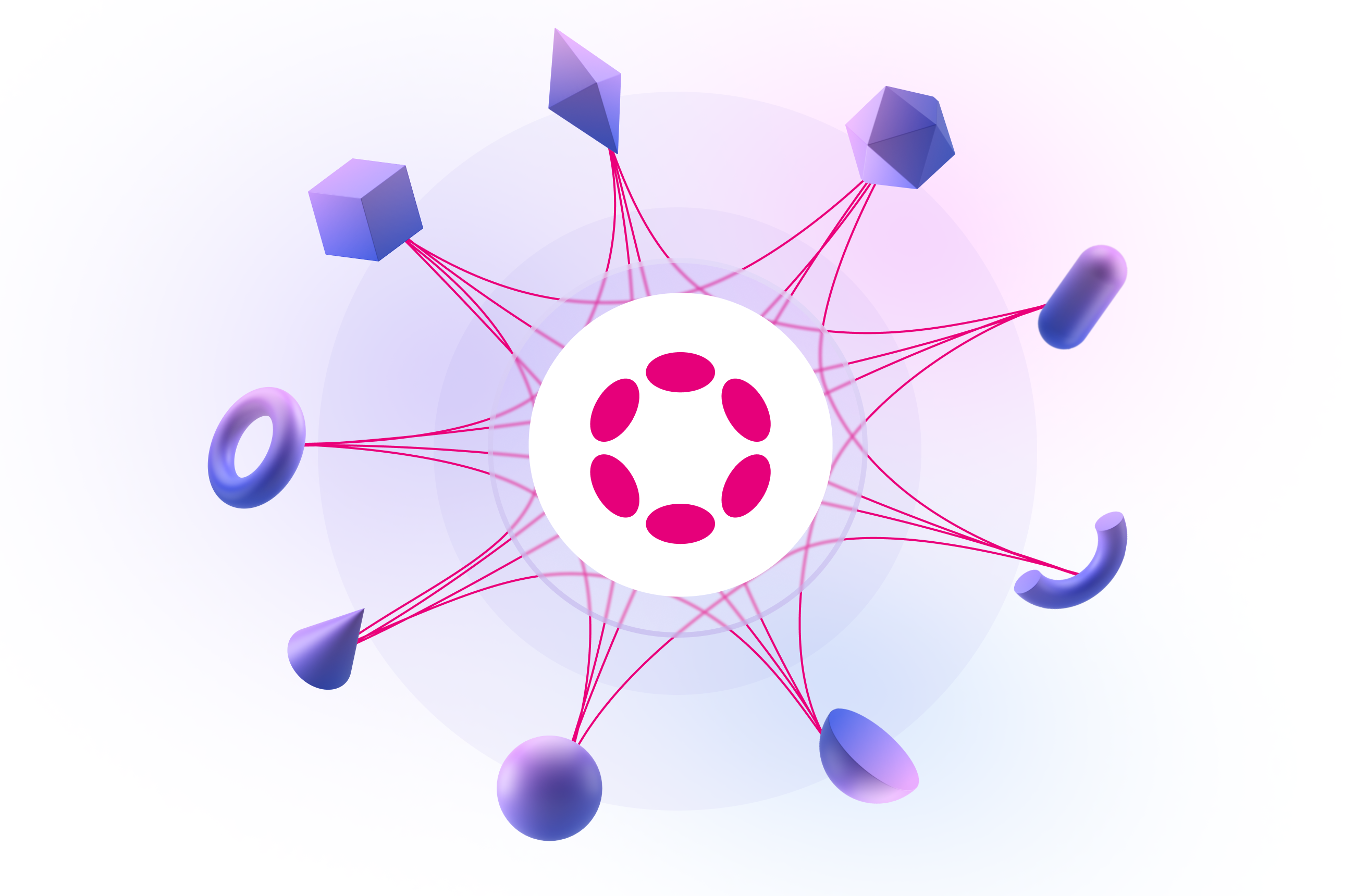Polkadot is one of the most successful projects focusing on improving the underlying technology that helps power decentralized applications (dApps).
Polkadot uses parachains, an integral part of the Polkadot ecosystem. These are heterogeneous blockchains connected to Polkadot and are interoperable with the Polkadot network and other parachains.
What Is A Polkdadot Parachain?
Polkadot was created by Ethereum co-founder Gavin Wood and Peter Czaban. Wood published the Polkadot whitepaper in 2016 and also launched the Web3 foundation a year later. The foundation raised $145 million through the sale of DOT tokens, with another private sale in 2019 raising an additional $43 million. Polkadot addresses three critical issues that hinder the growth and adoption of blockchain technology: speed, scalability, and security.
Polkadot is optimized for better scalability through specialized blockchains called parachains, allowing it to communicate and operate in a secure and trust-free environment. Polkadot and its sister blockchain platform Kusama both have their own relay chain at the center of their structure, which coordinates a system of parachains built on it. The Relay Chain performs only a few select transaction types, including governance mechanisms, parachain auctions, and consensus. The connected parachains complete all other actions.
These parachains are connected to the Polkadot relay chain and are application-specific data structures that validate transactions using the relay chain. They can have their own native tokens and economies and have specific stipulations around their implementation, such as whether collator nodes must stake their DOT tokens on the relay chain. Parachains can also define the incentivization of collator nodes. Collator nodes are typically incentivized through the native parachain token, although other ways exist.
Polkadot parachains have created significant buzz because they share cross-chain composability and interoperability. This allows them to send or receive any type of data or assets with other parachains. It also allows parachains to support several use cases and applications and enables them to benefit from the security, scalability, and governance of the Polkadot ecosystem.
Benefits Of Parachains
Parachains offer several benefits. Let’s discuss some of them briefly.
Interoperability
One of the most significant advantages of parachains on Polkadot is their ability to acquire the network’s cross-chain composability. As a layer-1 blockchain, a parachain can give complete control to blockchain communities and allow them to engage with other parachains and networks. Parachains can also leverage Polkadot’s interoperability and exchange tokens or data, such as smart contract calls, credentials, and off-chain information from oracles.
Scalability
Typically, blockchains have to rely on Layer-2 solutions when it comes to interoperability. However, parachains can achieve interoperability at Layer-1, giving them a more efficient way to achieve scalability and throughput. This is because transactions can be spread out and processed parallelly over an ecosystem of Layer-1 blockchains.
Flexibility
Polkadot offers optimum flexibility in modeling Parachains. Thanks to this high degree of flexibility, Parachains can be developed as separate chains, each with its own individual design. This means they can run as a public or private network, have their own governance process, and have their own native token. They can also be deployed for others to build applications on top of.
Governance
Parachains can adopt any governance model and integrate pre-built modules that can implement different on-chain governance systems. Access to different governance models reduces the likelihood of hard forks of the Parachain while on-chain governance also gives Parachains and their communities greater transparency.
What Are Some Use Cases Of Parachains?
Parachains can be used in several areas, businesses, and industries. Some examples are:
-
Decentralized Finance
-
Identity verification
-
Internet of Things
-
Gaming
-
Smart contracts
-
Digital wallets
-
Oracles
Disclaimer: This article is provided for informational purposes only. It is not offered or intended to be used as legal, tax, investment, financial, or other advice.





